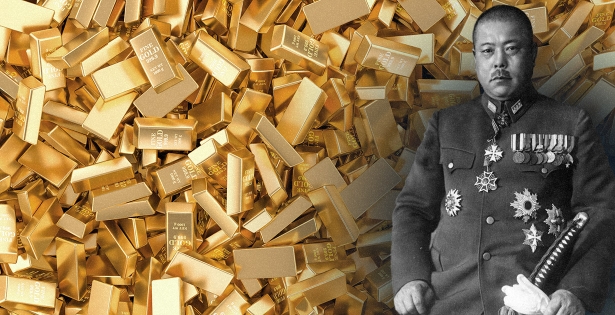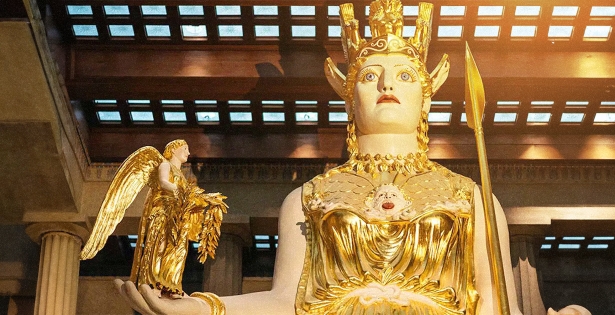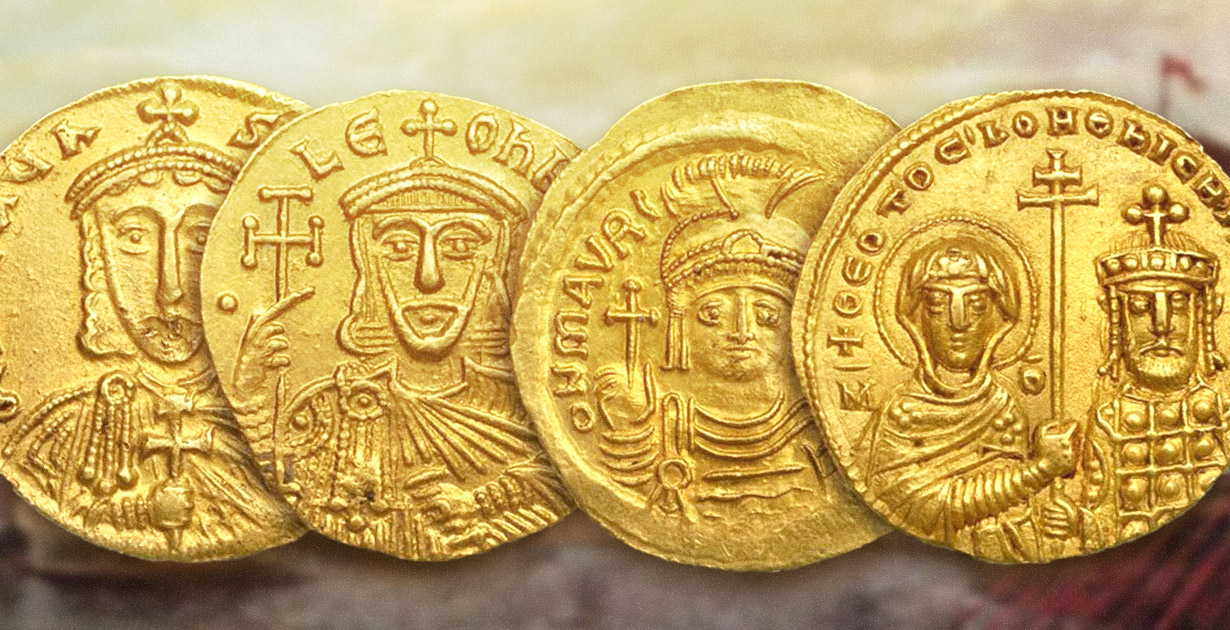
Byzantine gold coins in Bulgaria
Average reading time: 4 minutes
An amazing discovery was recently made by Bulgarian archaeologists. On the ruins of a medieval residential building, they found gold coins minted in the early Byzantine period. Namely, in the 6th century AD. The uniqueness of the find is that it is much “older” than the house in which it was found: more than 400 years!
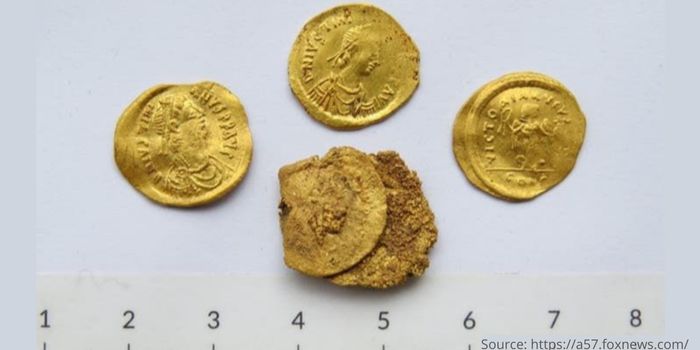
Photo caption: 5 gold coins discovered during excavations (Bulgaria).
The village of Debnevo in northern Bulgaria and the medieval fortress of the 5th century located near it have long interested archaeologists. A large-scale archaeological expedition in this area began in 2019. Over the course of five years, fragments of walls, foundations of residential buildings, outbuildings and numerous artifacts from different historical periods, starting from the Stone Age, were examined.
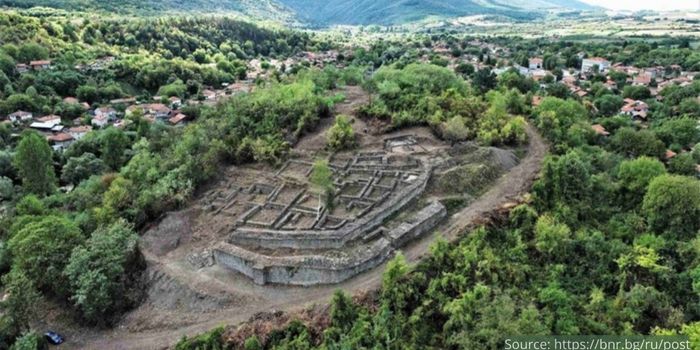
Photo caption: Panoramic view of the Kaleto Hill near the village of Debnevo, where excavations are underway.
While studying the remains of a medieval dwelling from the 10th century, experts discovered five gold coins from the time of Emperor Justinian, who ruled Byzantium in the 6th century. This amazing find was announced on August 27, 2024 by the head of the expedition, associate professor of the Bulgarian National Institute of Archaeology Stiliyan Ivanov.
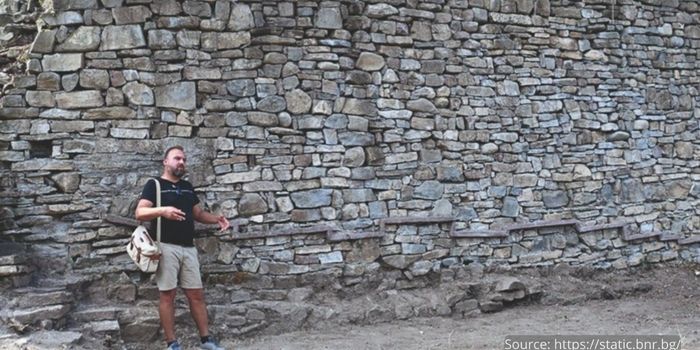
Photo caption: The head of the expedition Stiliyan Ivanov in front of the fortress wall.
Monetary units of this denomination were called "tremiss" in the Byzantine Empire. These are relatively small coins, worth a third of a solidus and weighing about one and a half grams. The obverse depicts the emperor, whose head is crowned with a diadem. The reverse depicts an allegory of victory in the form of a human figure with a globe and a cross in her left hand and a wreath in her right hand.
But how did the coins from the 6th century end up in the house of the 10th century? In search of an answer to this question, scientists continued excavations and found out that the medieval dwelling was built on the ruins of a building from the time of the Byzantine Empire. According to one hypothesis, the owners of the house found gold among the remains of the old foundation during construction.

Photo caption: The remains of the house where the gold coins were found.
The fate of the house was sad: archaeologists have found out that it was almost completely destroyed by fire. The coins were also damaged in the fire. Two of them even stuck together due to the high temperature of the flames.
The coins were minted under Emperor Justinian I, who ruled from 527 to 565. Considering himself the heir to the throne of the Roman Caesars, Justinian saw his destiny in restoring the unity and greatness of the Roman Empire. During his reign, Byzantium reached the peak of territorial expansion. And the coins minted by it were widely circulated not only under Justinian, but also under his successors. This is evidenced by finds in many countries of the world. One of them was discovered several years ago in Israel. You can learn more about this find in our article Byzantine gold: rare coins have been found.

